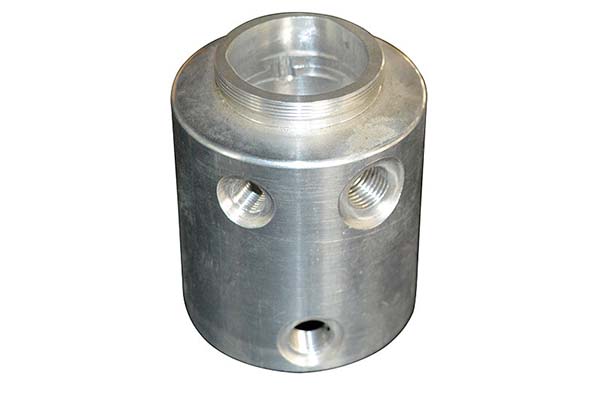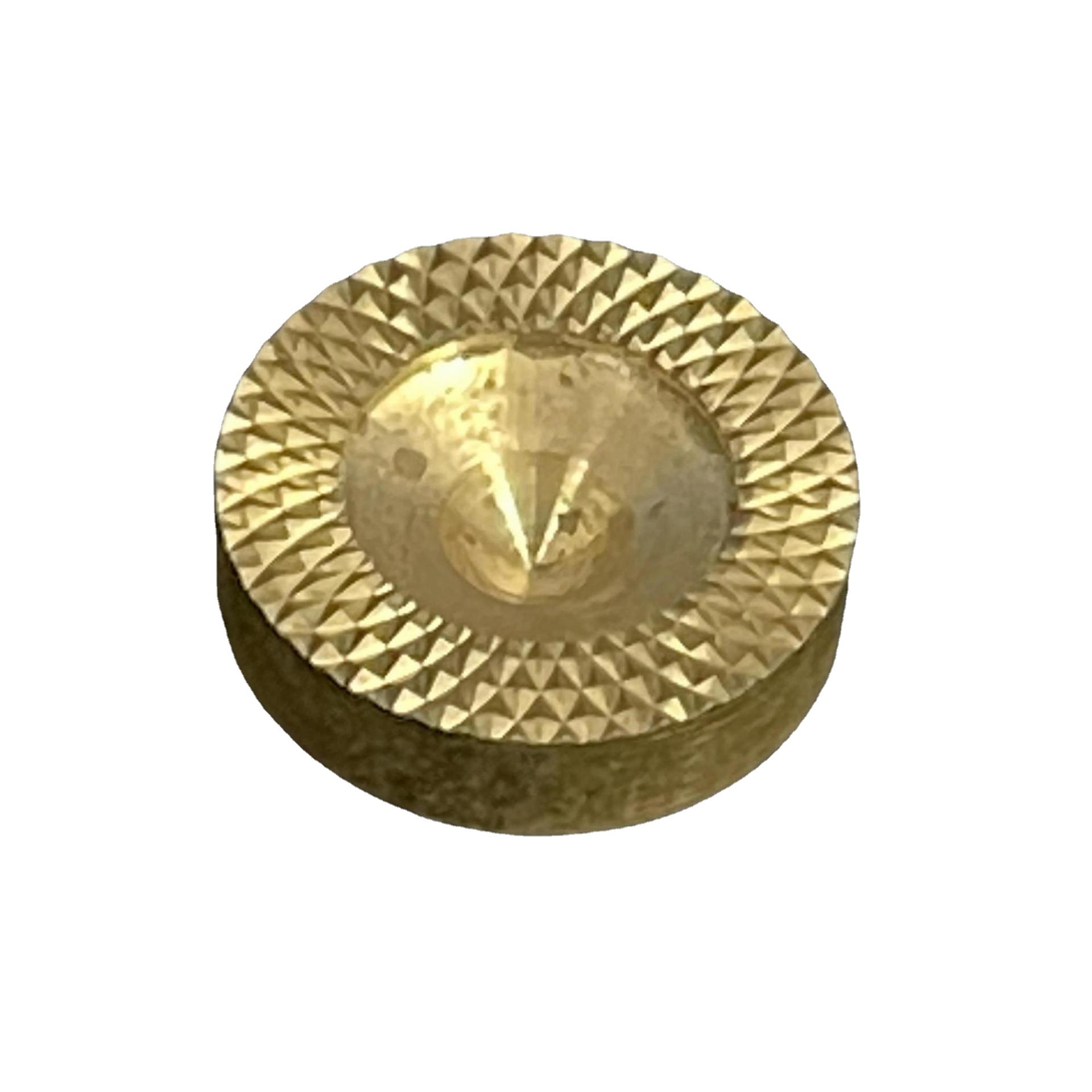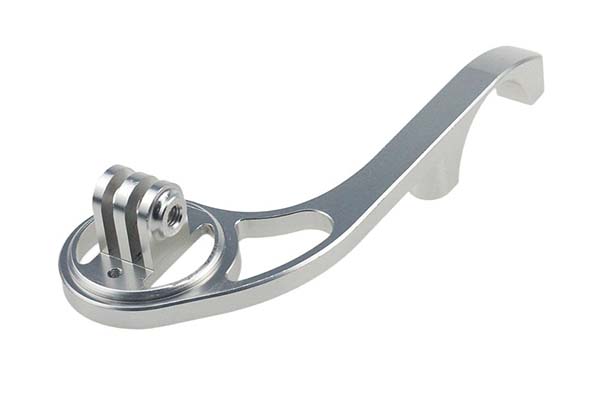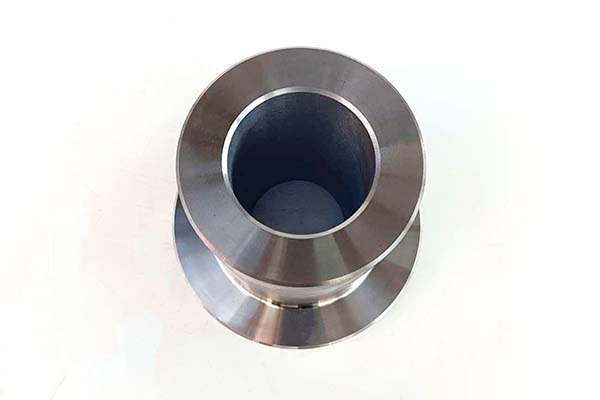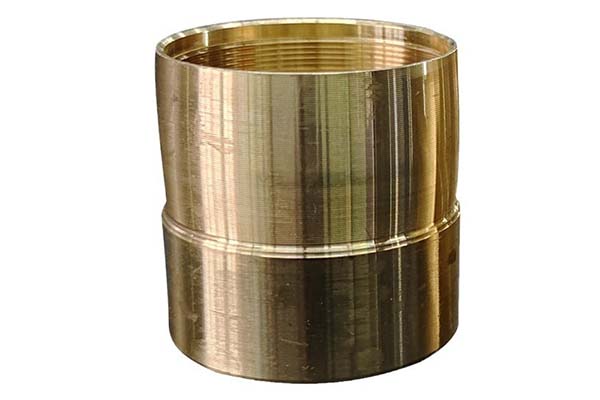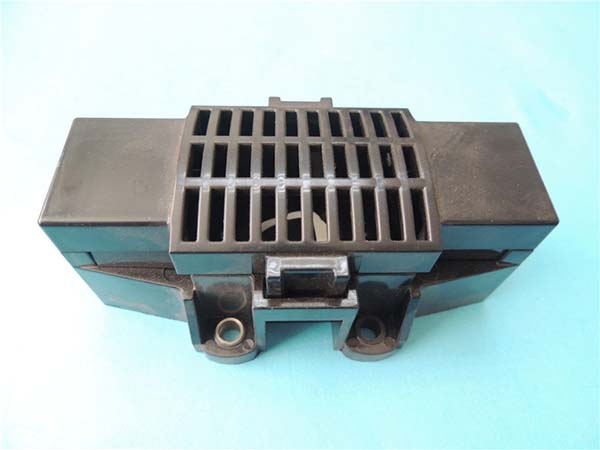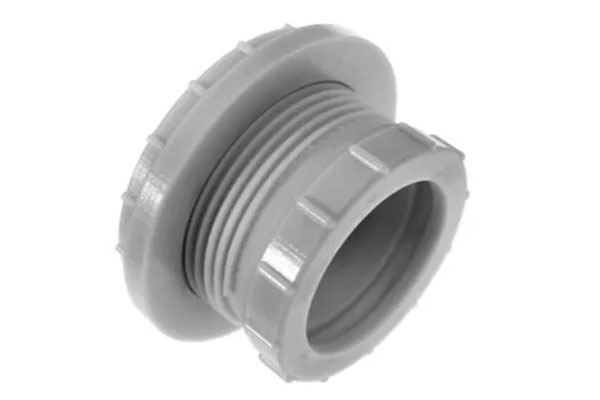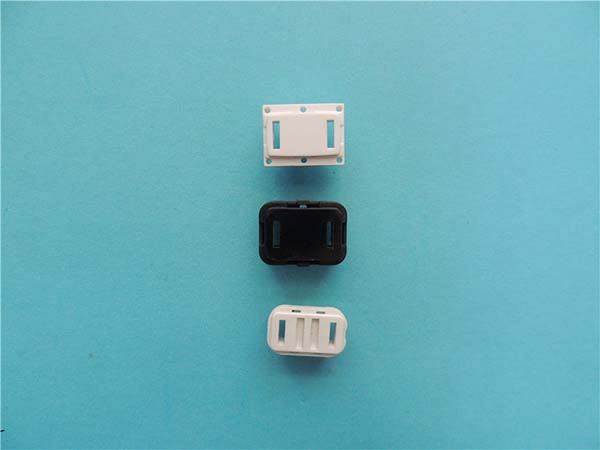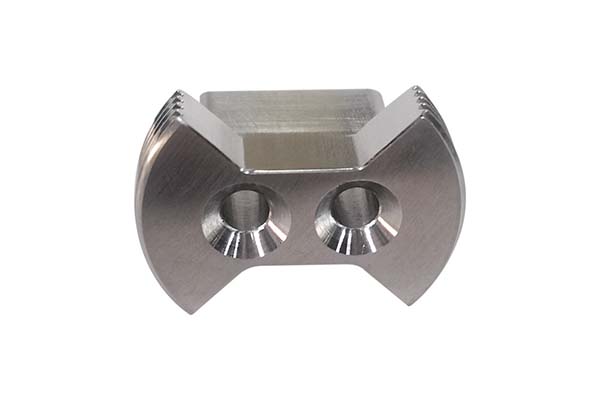When it comes to manufacturing high-quality components, choosing the right material and machining process can make or break your project. Many engineers and manufacturers struggle with balancing strength, formability, and cost-effectiveness—especially when working with aluminum alloys. If you’ve ever wondered how to achieve tight tolerances with AL6063, or debated between T5 and T6 tempers for your application, you’re not alone. This guide dives deep into CNC machining of AL6063 T5/T6, covering everything from material properties to quality control, to help you make informed decisions and avoid common pitfalls.
Understanding AL6063: Material Properties That Matter
AL6063 is a popular aluminum alloy known for its excellent formability and corrosion resistance, making it a top choice for structural and decorative components. What truly sets it apart, however, is its response to heat treatment—which gives rise to the T5 and T6 tempers. Let’s break down their key mechanical properties:
| Property | AL6063 T5 | AL6063 T6 |
| Tensile Strength | 145 MPa (21,000 psi) | 215 MPa (31,200 psi) |
| Yield Strength | 110 MPa (16,000 psi) | 180 MPa (26,100 psi) |
| Hardness (Brinell) | 60 HB | 73 HB |
| Elongation | 8% | 10% |
T5 temper achieves its properties through artificial aging alone, offering a good balance of strength and workability. T6 temper, on the other hand, undergoes solution heat treatment followed by artificial aging, resulting in higher strength and hardness. Both tempers maintain strong corrosion resistance, but T6’s enhanced mechanical properties make it ideal for load-bearing parts.
Mastering CNC Machining Processes for AL6063
AL6063’s softness (compared to steel) makes it highly machinable, but optimizing CNC machining processes is key to achieving precision and efficiency. Here’s how to approach common operations:
- Milling: Use carbide cutting tools for high-speed milling. A feed rate of 100–300 mm/min and spindle speed of 3,000–6,000 RPM works well for roughing, while finishing requires slower feeds (50–150 mm/min) to improve surface finish.
- Turning: For cylindrical parts, maintain a spindle speed of 2,000–4,000 RPM with a feed rate of 0.1–0.3 mm/rev. Avoid excessive tool pressure to prevent warping.
- Drilling: High-speed steel (HSS) or carbide drills are suitable. Keep spindle speeds between 1,500–3,000 RPM and use coolant to reduce heat buildup.
Cutting parameters should be adjusted based on the temper: T6’s higher hardness may require slightly slower speeds to extend tool life.
Heat Treatment: The Science Behind T5 and T6
The difference between T5 and T6 lies in their heat treatment processes—a critical step that transforms AL6063’s mechanical properties:
- T5 Treatment: Involves artificial aging (heating to 120–180°C for 3–12 hours) without prior solution heat treatment. This process enhances strength while maintaining good formability, making it ideal for extruded profiles.
- T6 Treatment: Starts with solution heat treatment (heating to 520–540°C for 30 minutes to 2 hours) to dissolve alloying elements, followed by quenching (rapid cooling in water) and artificial aging (120–180°C for 4–16 hours). This results in higher strength and thermal stability, though it reduces formability slightly.
Both treatments improve hardness compared to the as-cast condition, but T6 offers superior strength—making it a better choice for high-stress applications.
Applications: Where AL6063 T5/T6 Shines
Thanks to their unique properties, AL6063 T5 and T6 are used across industries:
- Architectural Applications: T5 is preferred for window frames, door rails, and curtain walls due to its corrosion resistance and aesthetic appeal.
- Automotive Parts: T6 is used for structural components like chassis parts and brackets, where high strength is critical.
- Mechanical Components: Both tempers are machined into custom parts such as gears, shafts, and fittings, with T6 handling heavier loads.
- Extruded Profiles: T5’s excellent formability makes it ideal for complex shapes like heat sinks and electrical enclosures.
Quality Control: Ensuring Precision and Reliability
Achieving consistent results requires rigorous quality control measures. Key checkpoints include:
- Dimensional Accuracy: Use coordinate measuring machines (CMMs) to verify tolerances, ensuring parts meet ±0.01 mm standards for critical applications.
- Surface Finish: Inspect for burrs, scratches, or unevenness using visual checks and roughness testers (aim for Ra 1.6–3.2 μm for most applications).
- Mechanical Testing: Conduct tensile and hardness tests on sample parts to confirm compliance with T5/T6 specifications.
- Certification: Ensure parts meet industry standards like ISO 9001 and ASTM B210 to guarantee reliability.
Yigu Technology’s Perspective
At Yigu Technology, we specialize in custom CNC machining of AL6063 T5/T6, leveraging decades of experience to solve our clients’ toughest challenges. We understand that choosing between T5 and T6 depends on balancing strength, cost, and manufacturability—and our engineering team works closely with clients to select the optimal temper and machining parameters. Whether you need architectural profiles or high-strength automotive parts, we deliver precision, consistency, and quality you can trust.
FAQs
- What’s the main difference between AL6063 T5 and T6?
T5 is aged without solution heat treatment, offering good formability and moderate strength. T6 undergoes solution heat treatment and aging, resulting in higher strength and hardness.
- Can AL6063 T6 be machined as easily as T5?
T6 is slightly harder, so it may require slower cutting speeds and carbide tools to maintain precision and tool life, but it remains highly machinable.
- Is AL6063 suitable for outdoor applications?
Yes—both T5 and T6 offer excellent corrosion resistance, making them ideal for outdoor use in architectural and automotive components.
